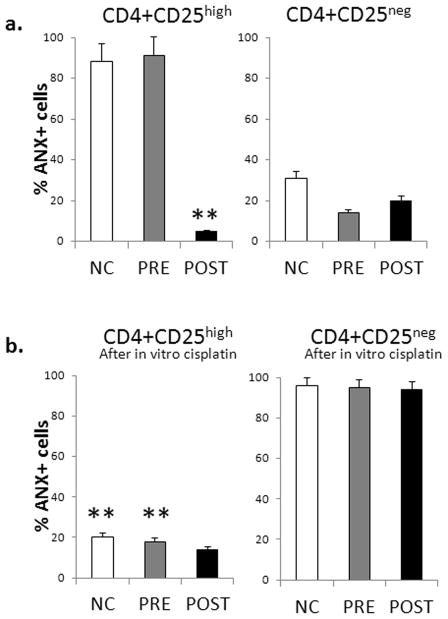Figure 5. In vitro resistance of CD4+CD25high Treg to cisplatin and up-regulated expression of the pro-survival proteins in Treg treated with cisplatin.

(a) ANXV binding to Treg (CD4+CD25high) [left] or Tconv (CD4+CD25neg) [right] in the in vitro activated PBMC obtained from NC (n=15), untreated HNSCC patients (pre; n=10) or HNSCC patients treated with CRT (post; n-15). PBMC were incubated with anti-CD3/CD28 Abs and 150IU/mL of IL-2 for 48h and studied for the evidence of AICD (ANXV binding) by flow cytometry, gating on Treg and Tconv cells. Only Treg obtained from the CRT-treated patients (post)were resistant to AICD. (b) ANXV binding to Treg (CD4+CD25high) [left] or Tconv (CD4+CD25neg) [right] in PBMC which were pre-treated in vitro with cisplatin for 4h prior to incubation of the cells in the presence of anti-CD3/CD28 Abs and IL-2 for 48h. Only Treg became resistant to AICD as determined by measuring ANXV binding. (c) Expression of Bcl-2, Bcl-xL and Bax are shown as MFI ± SD in CD4+CD25high Treg and CD4+CD25neg Tconv. PBMC were obtained from the blood of NC, untreated or CRT-treated patients and were pre-incubated or not with cisplatin and then activated as described above in (a). The solid lines (PRE to POST panels) show increased expression levels of Bcl-2 and Bcl-xL in POST Treg as compared to those in PRE Treg which were incubated with in vitro cisplatin. * p< 0.001; **p<0.005.

